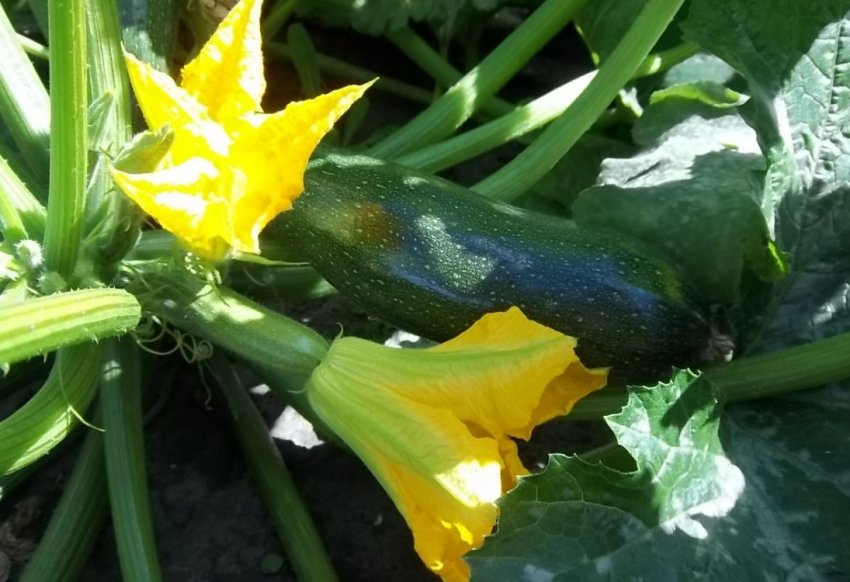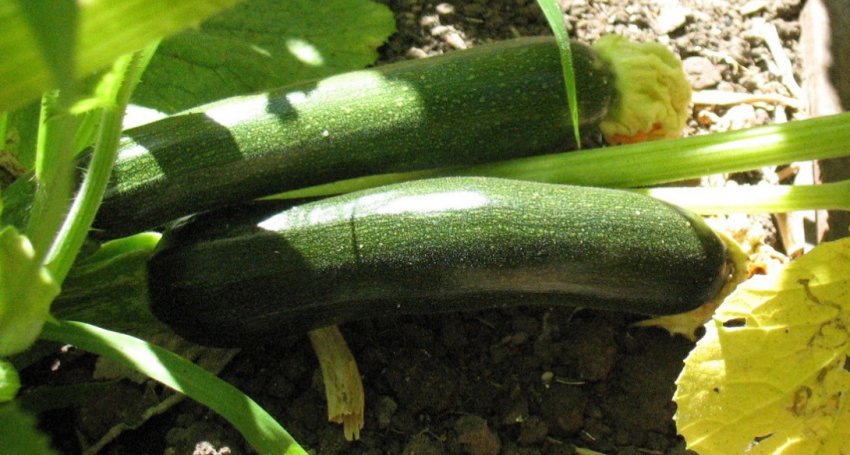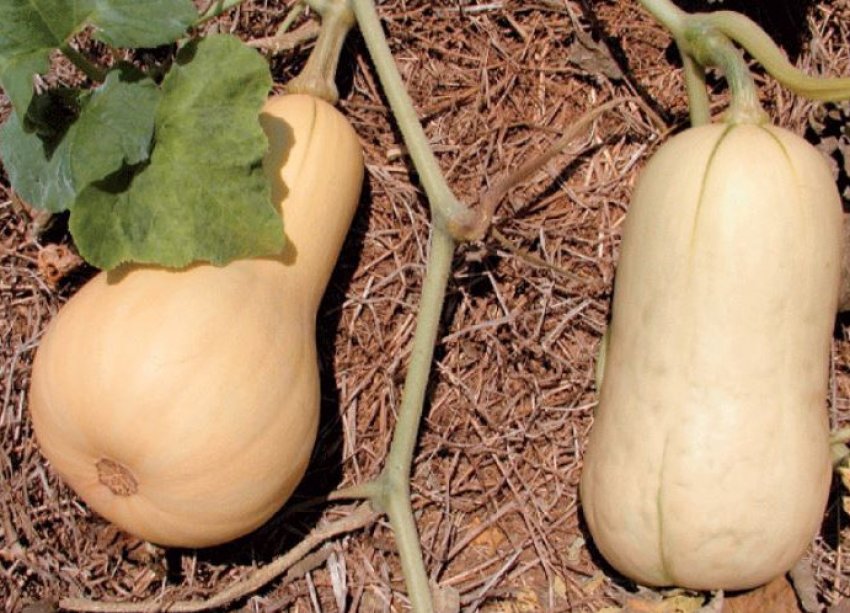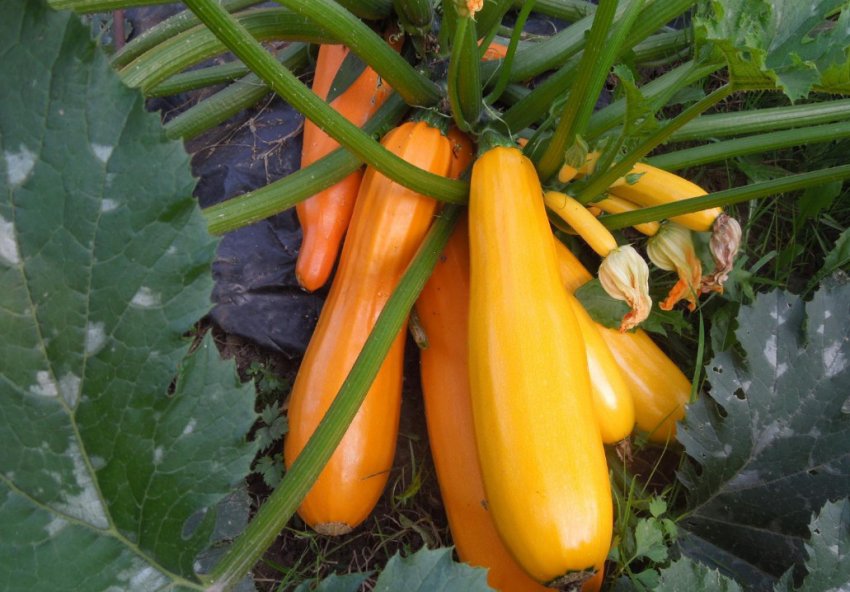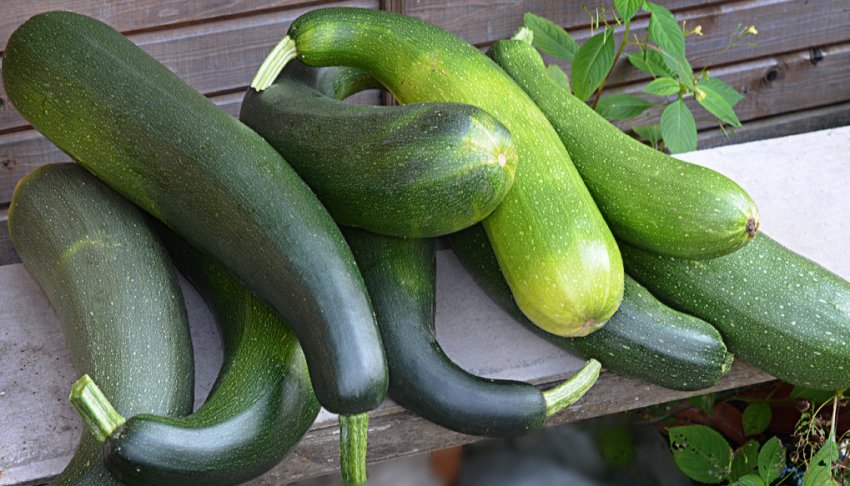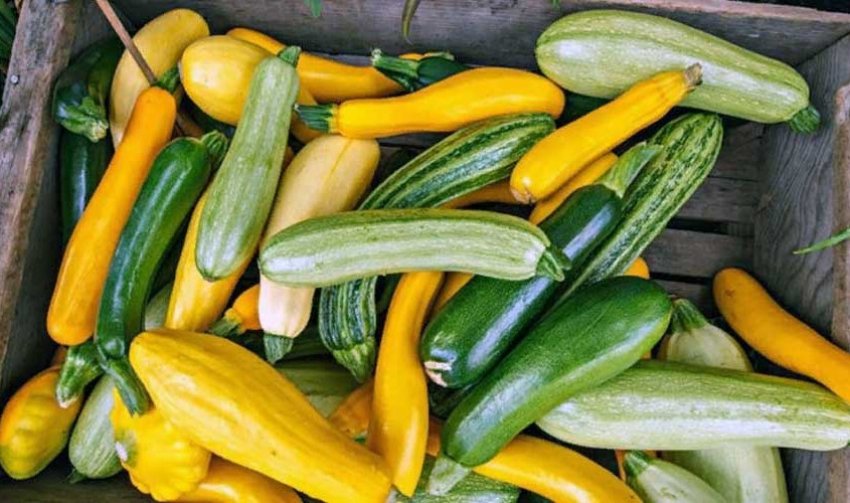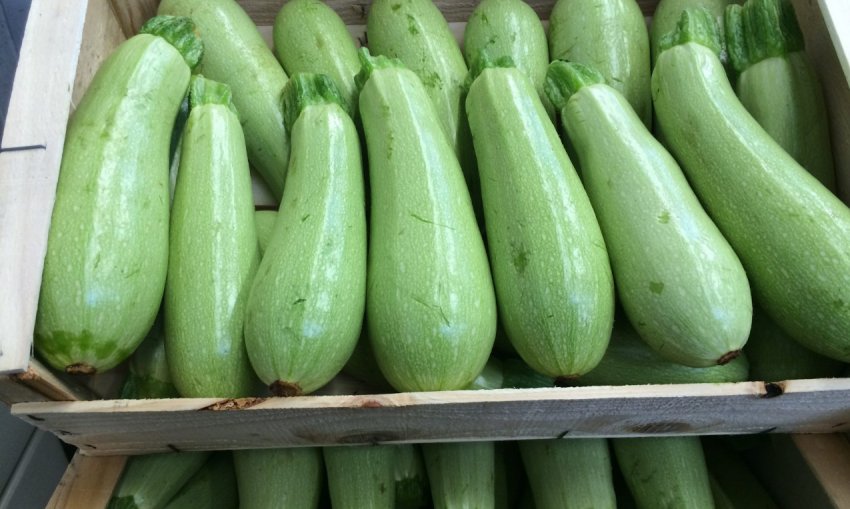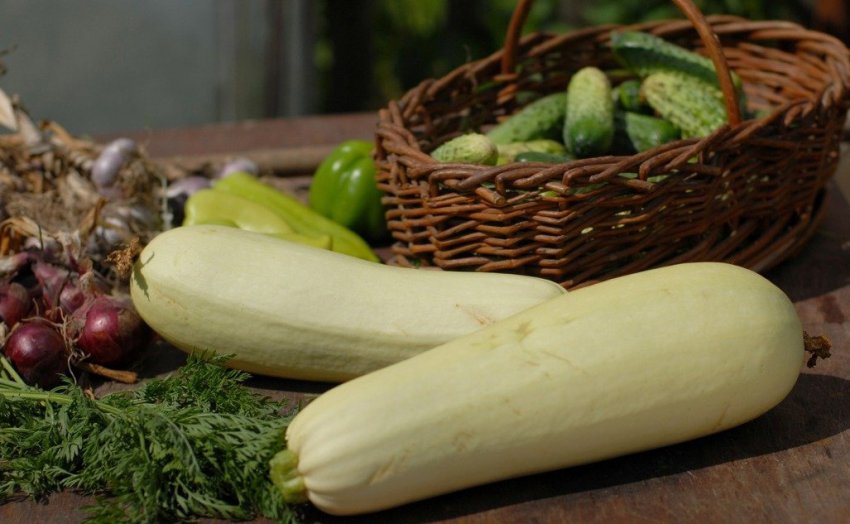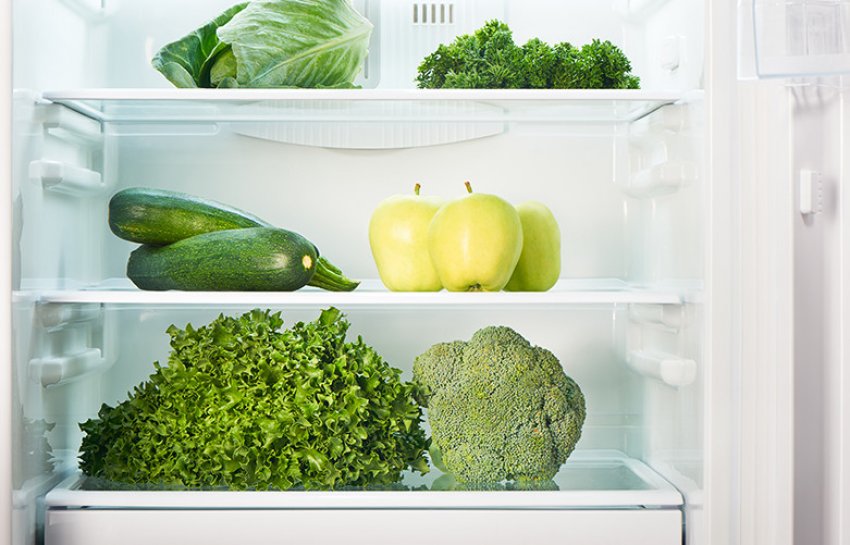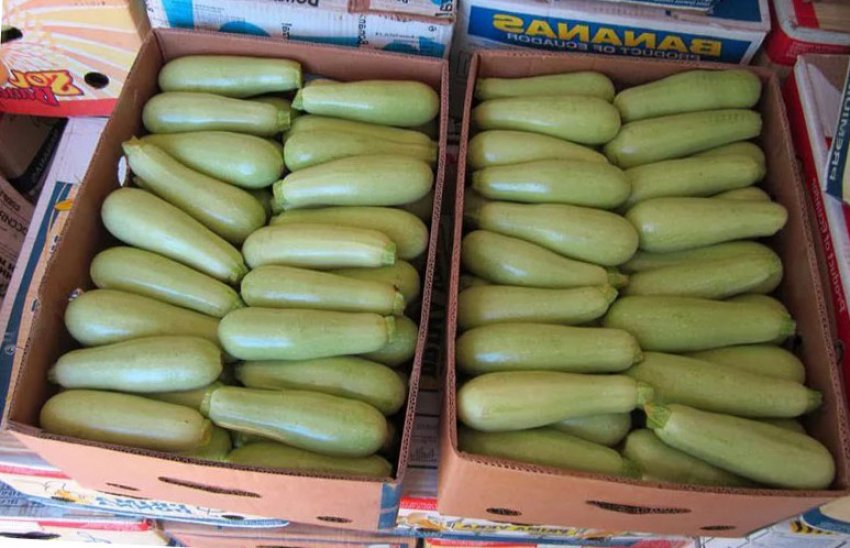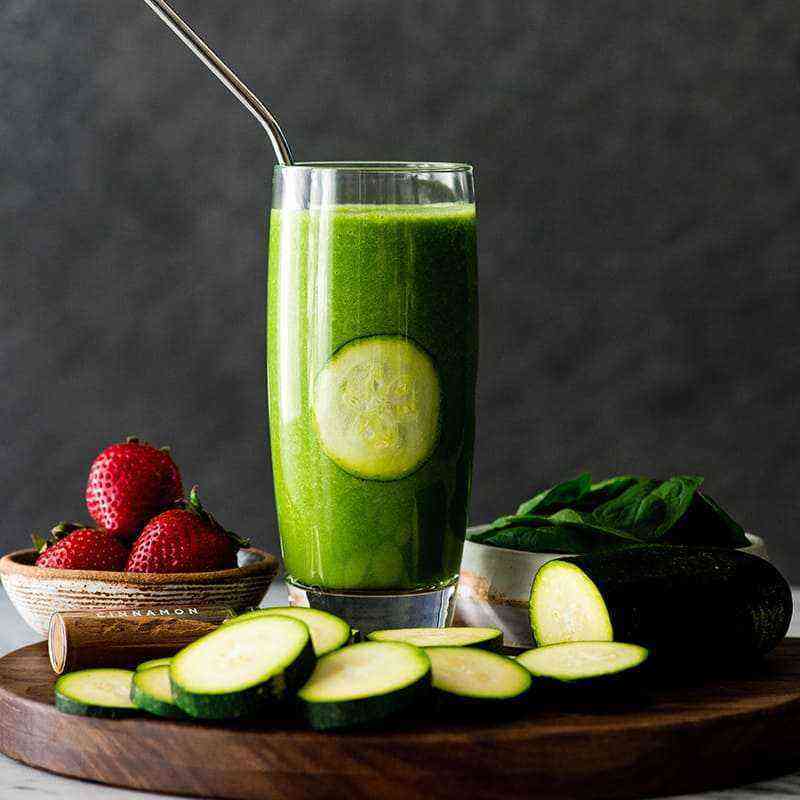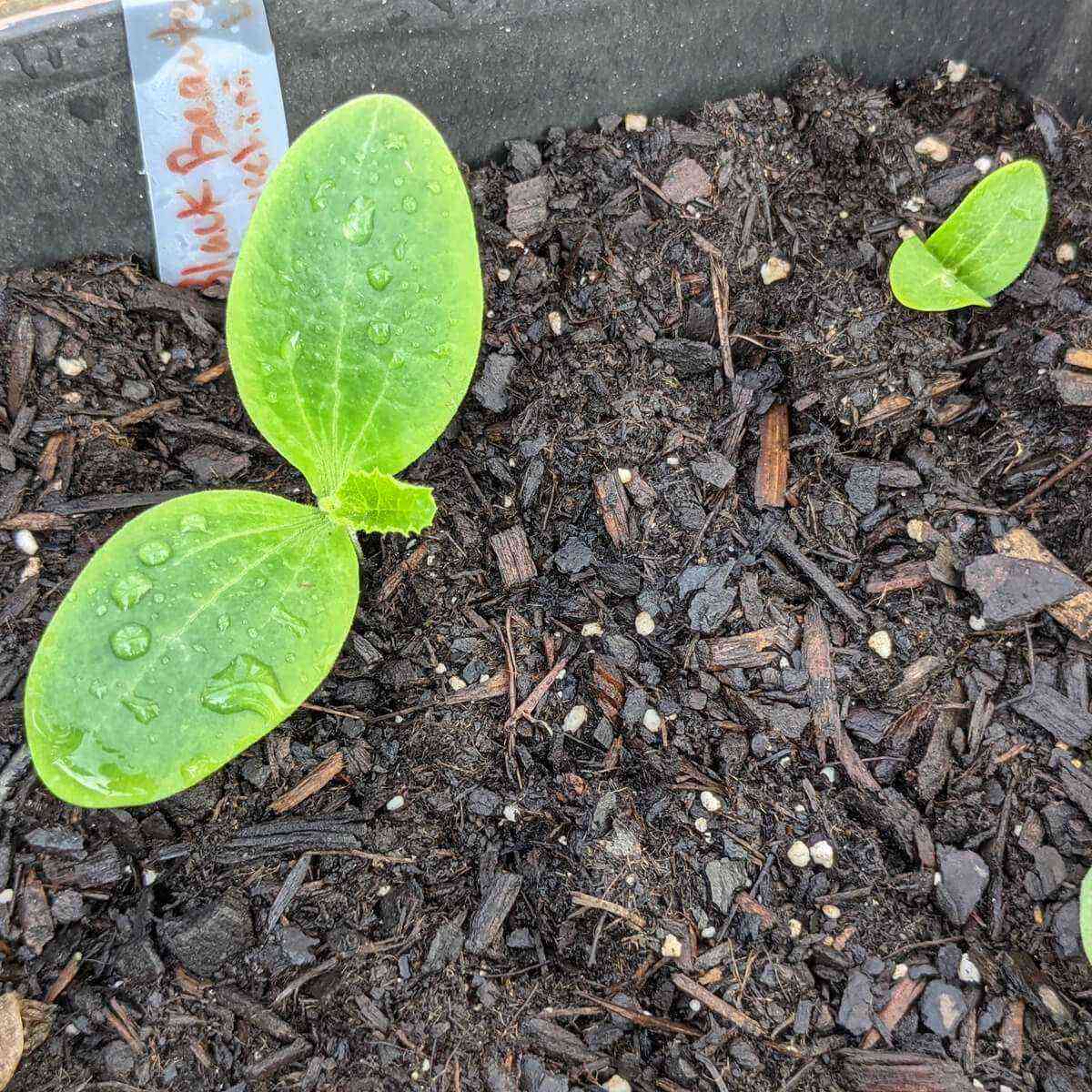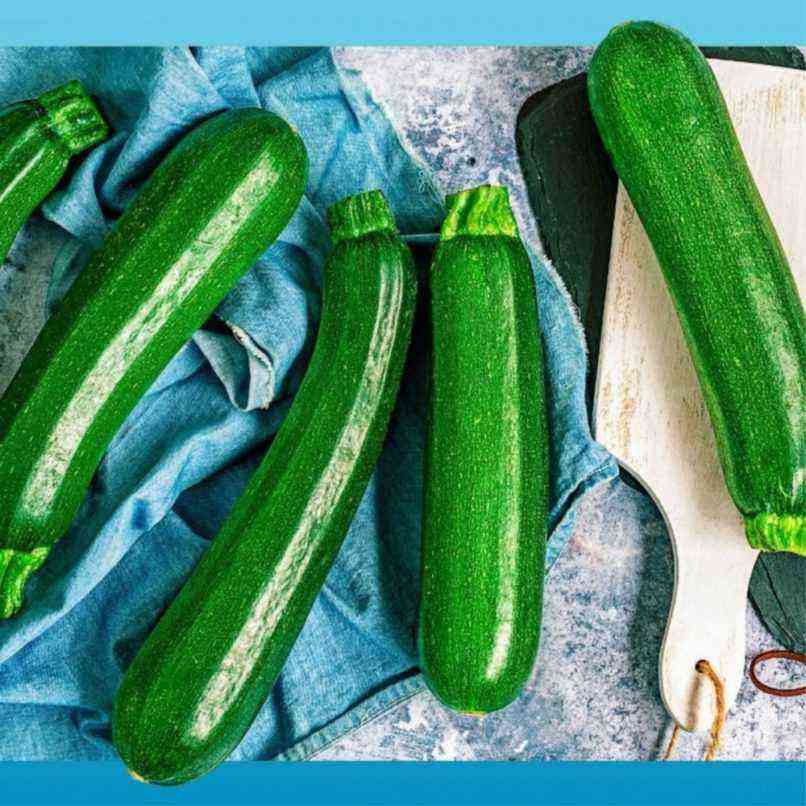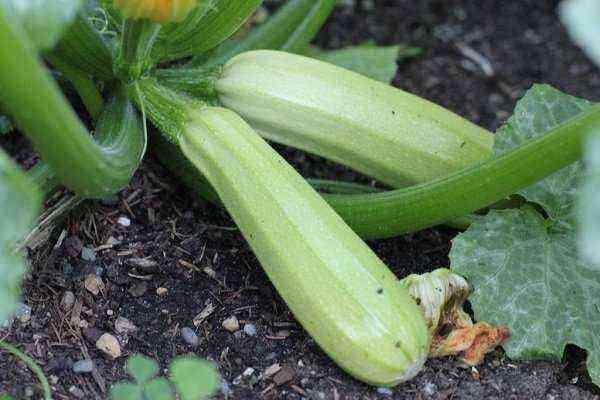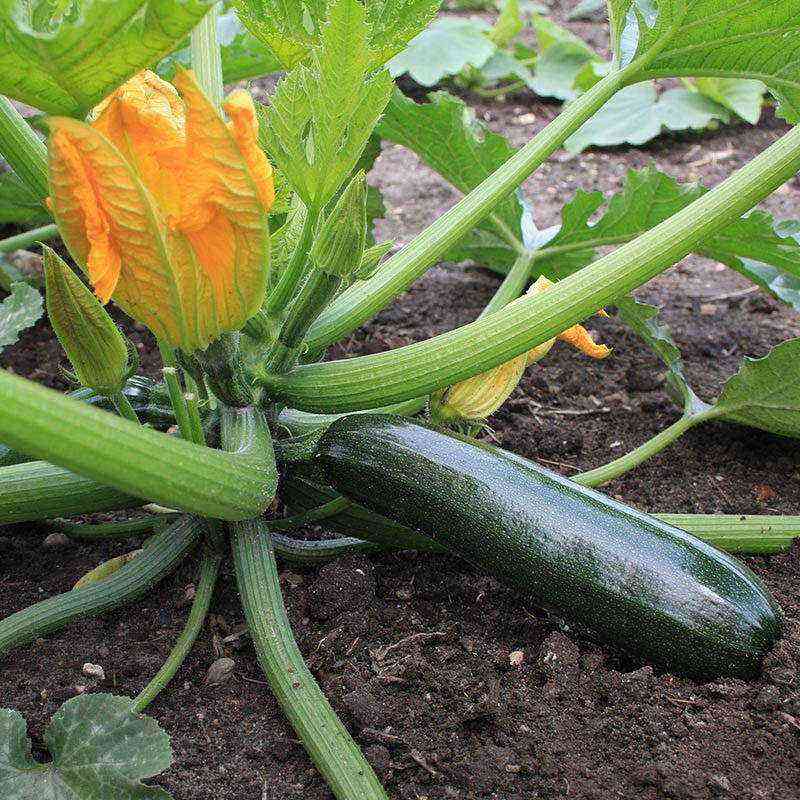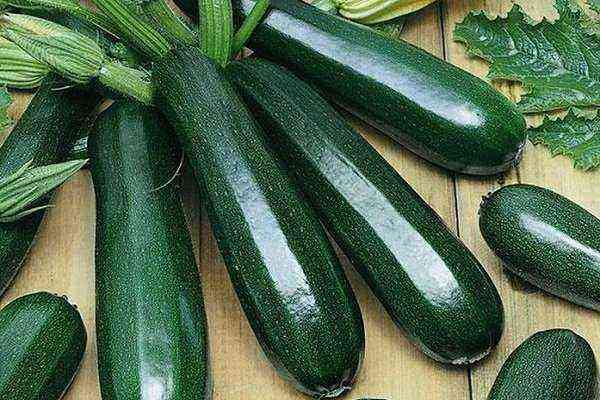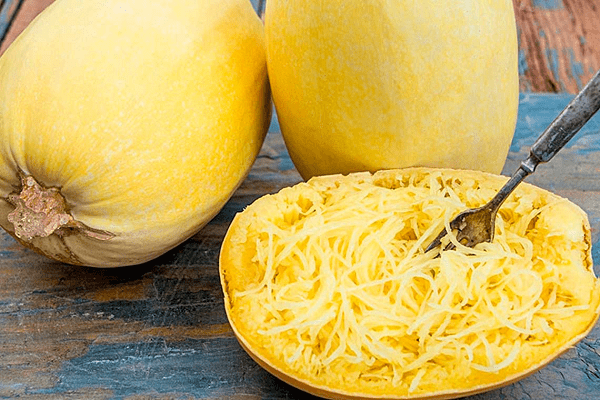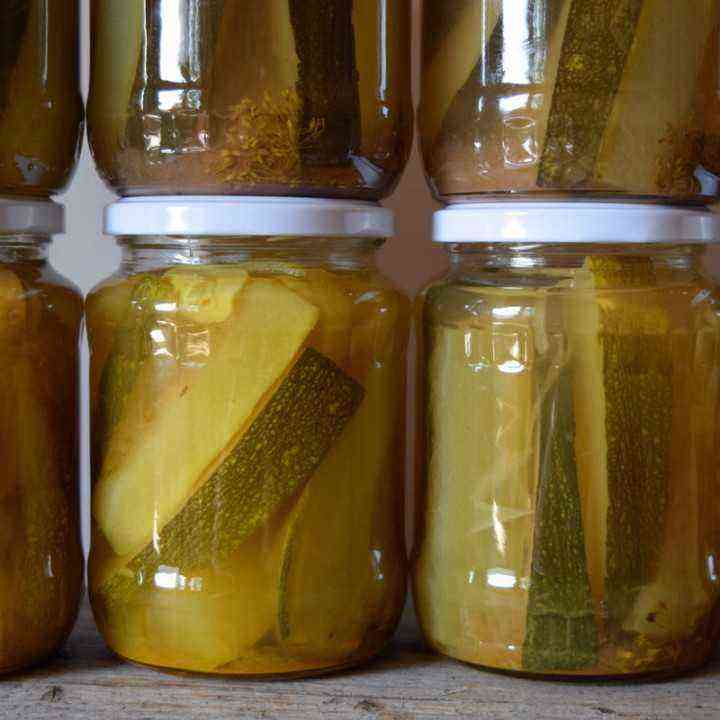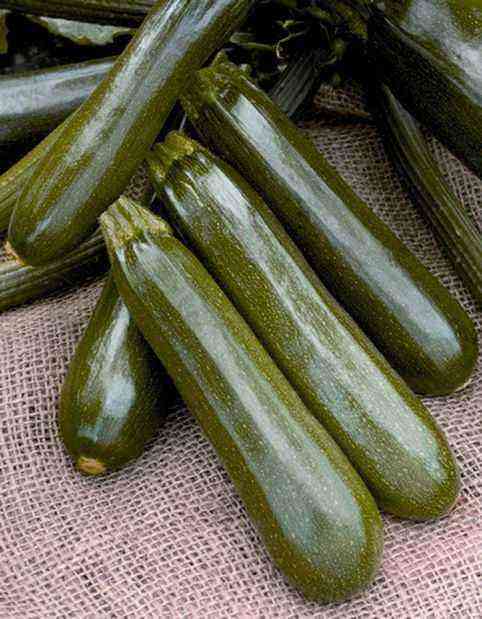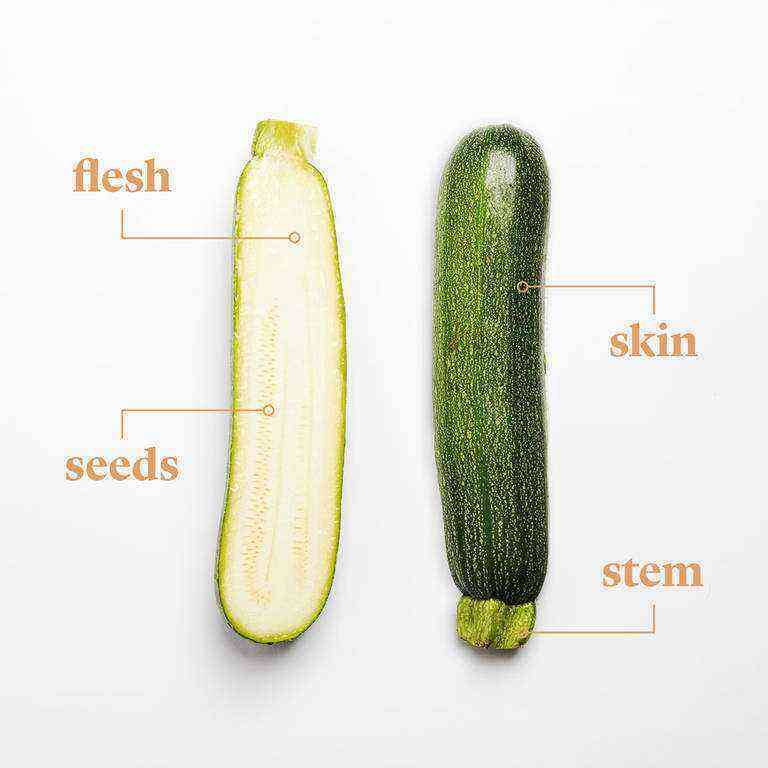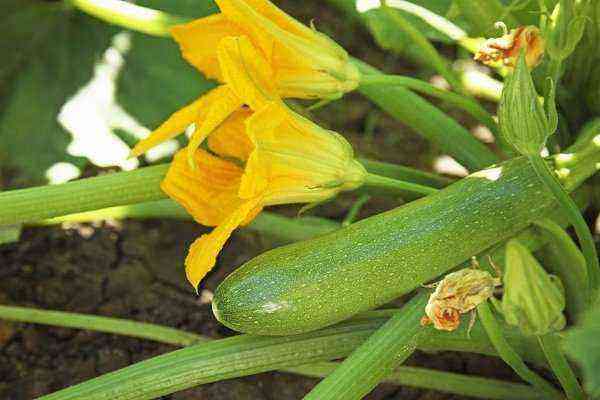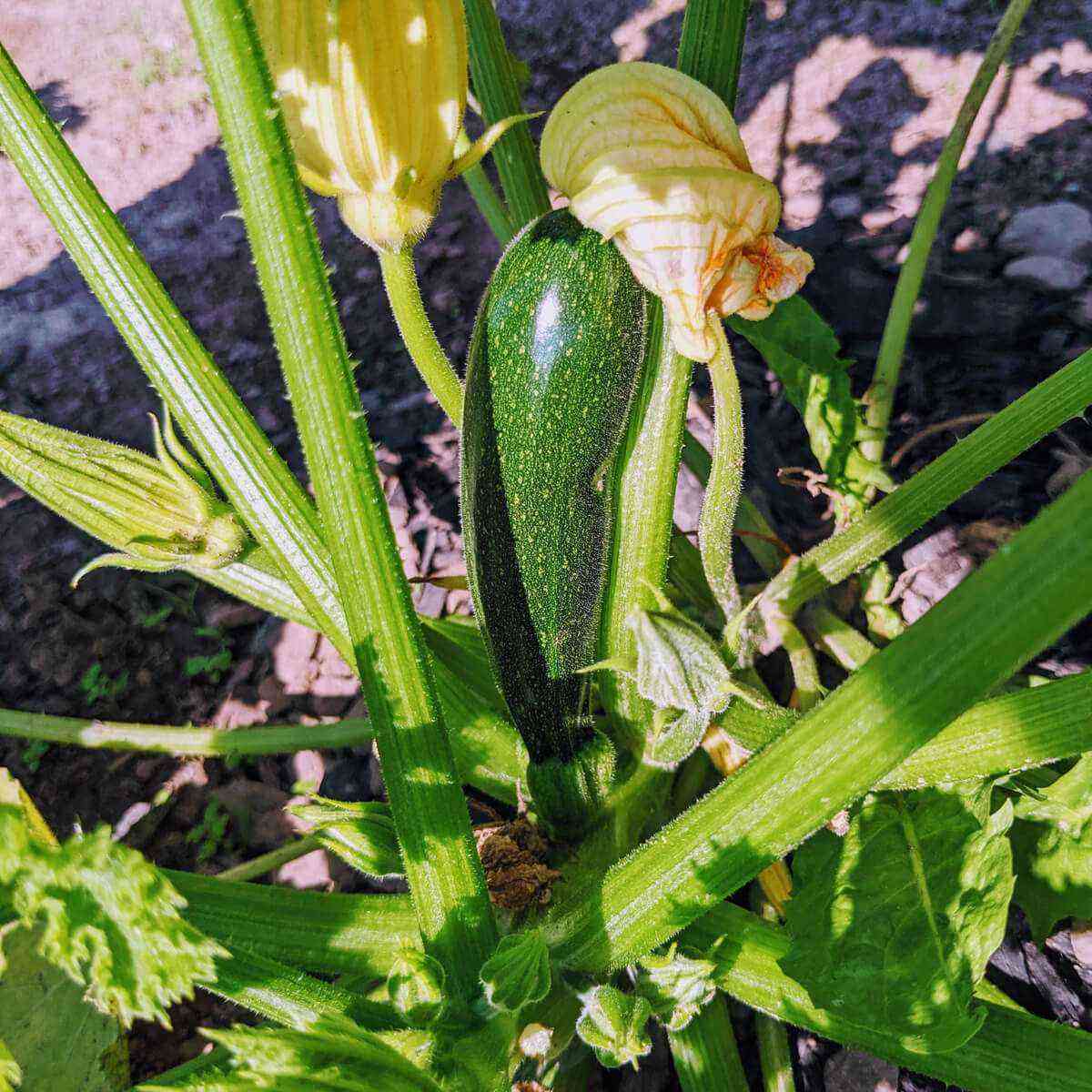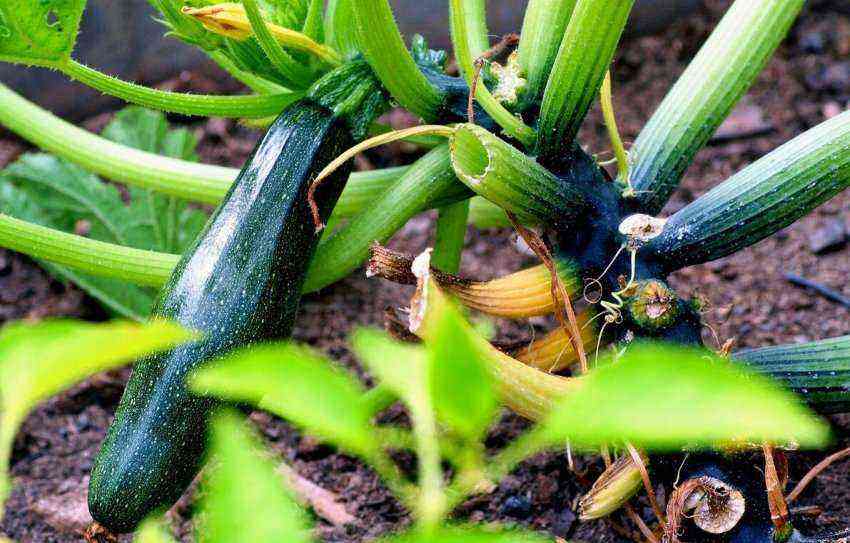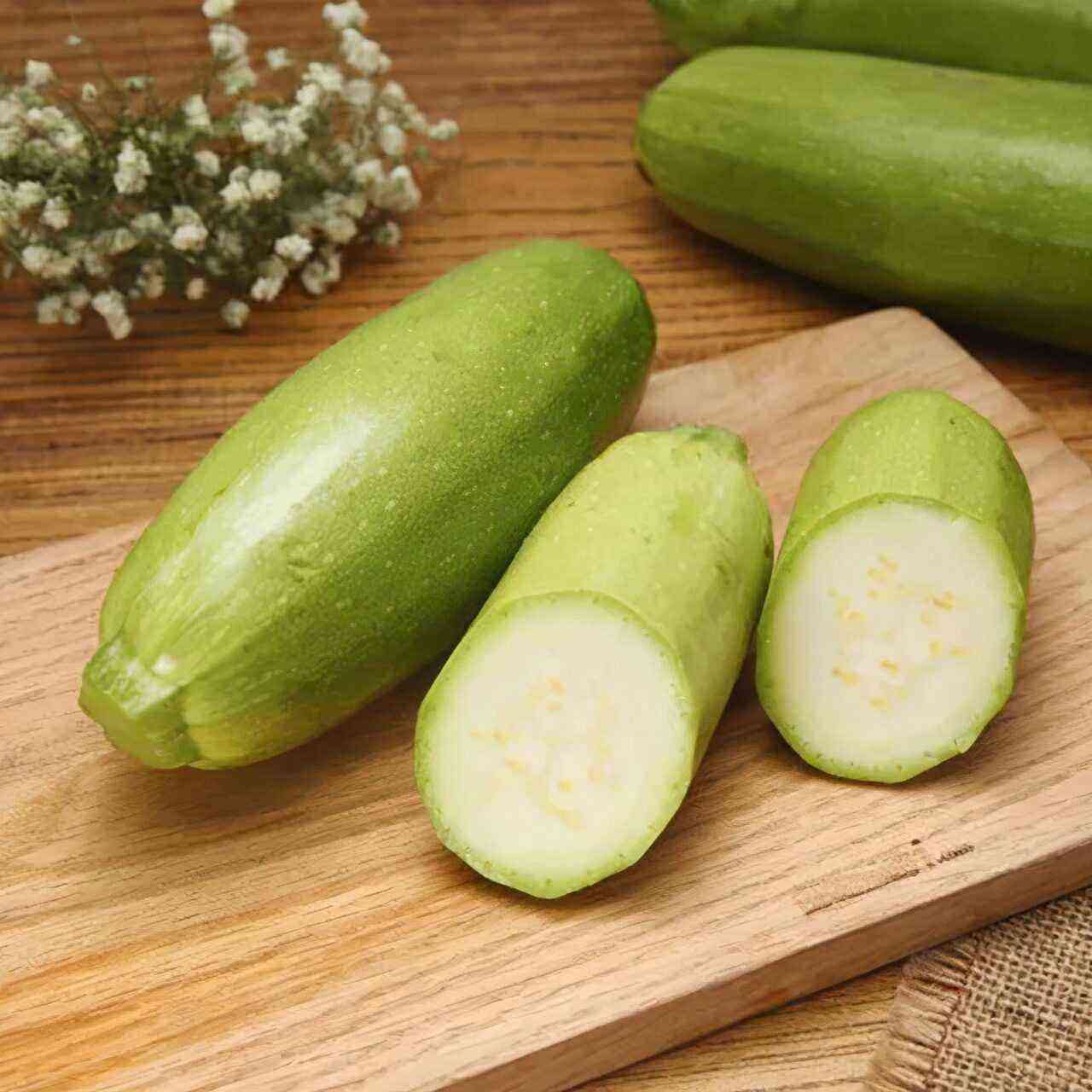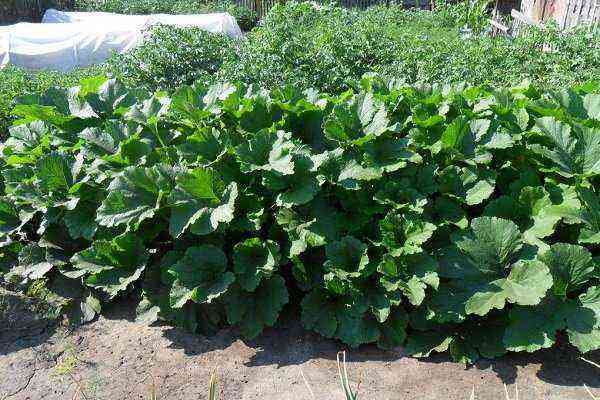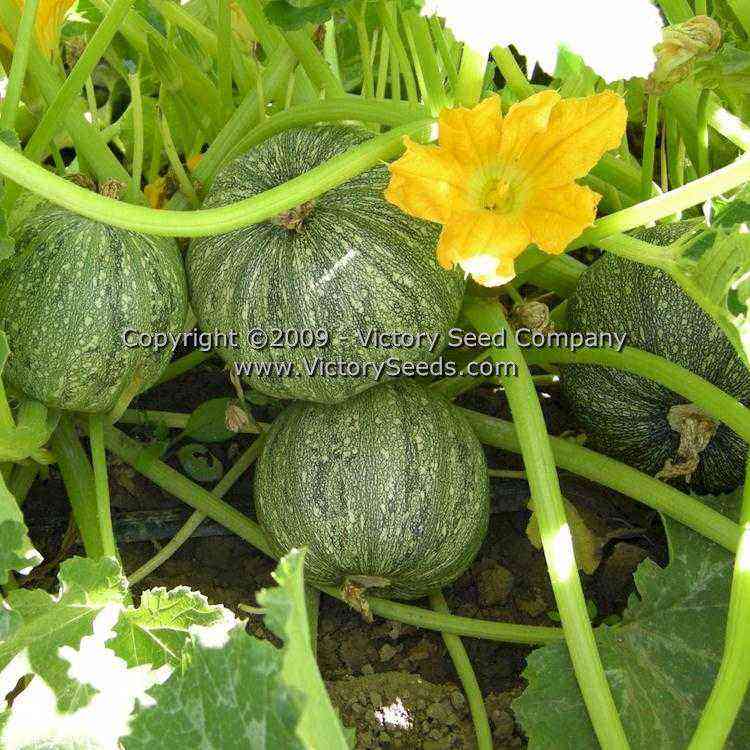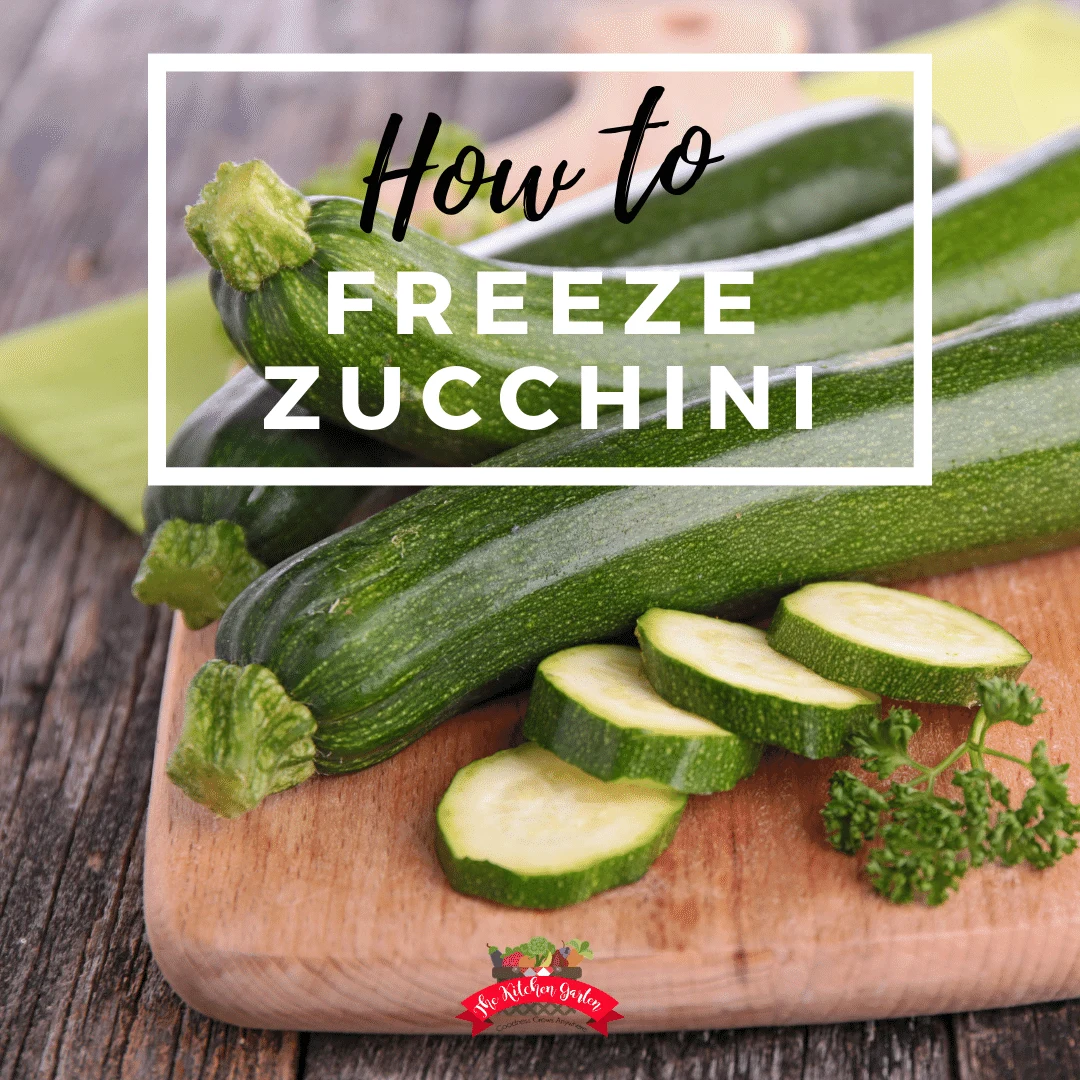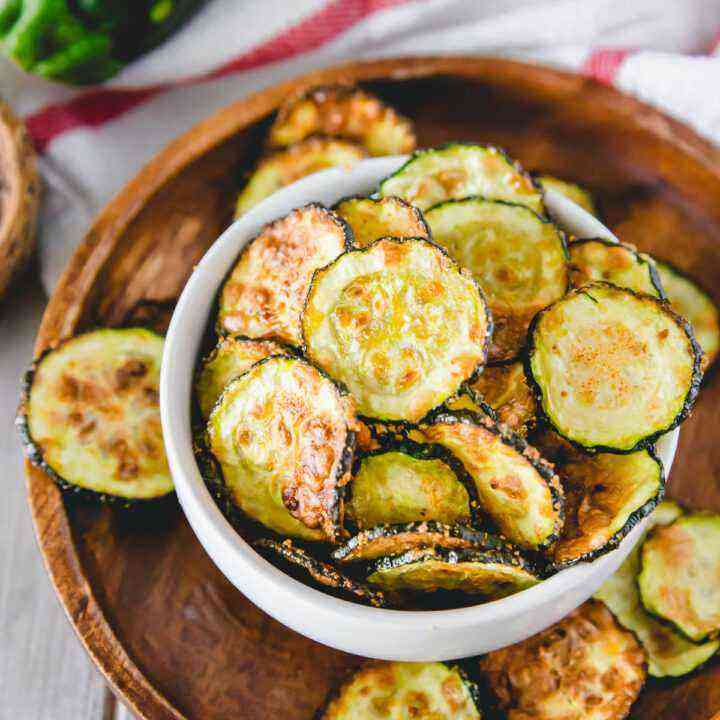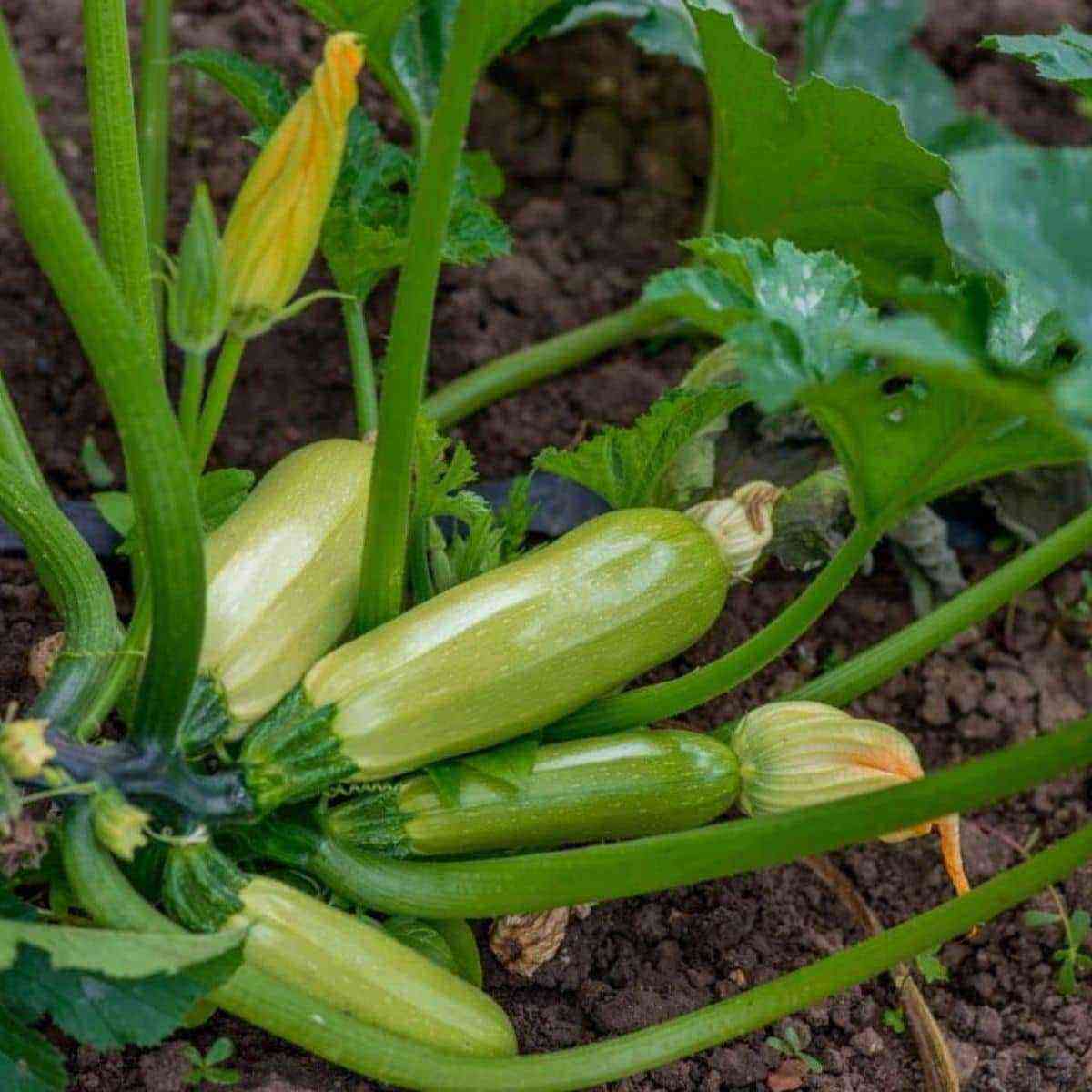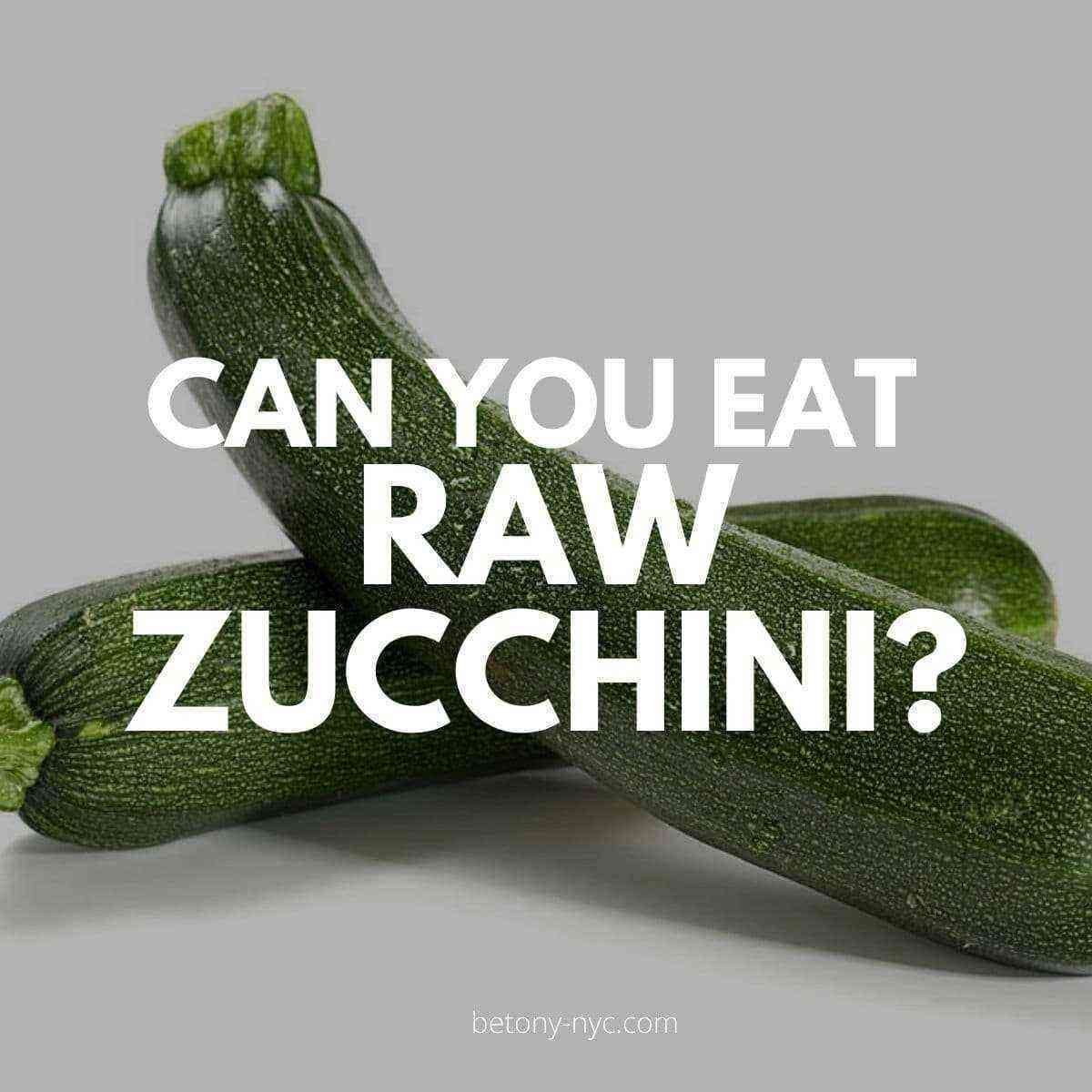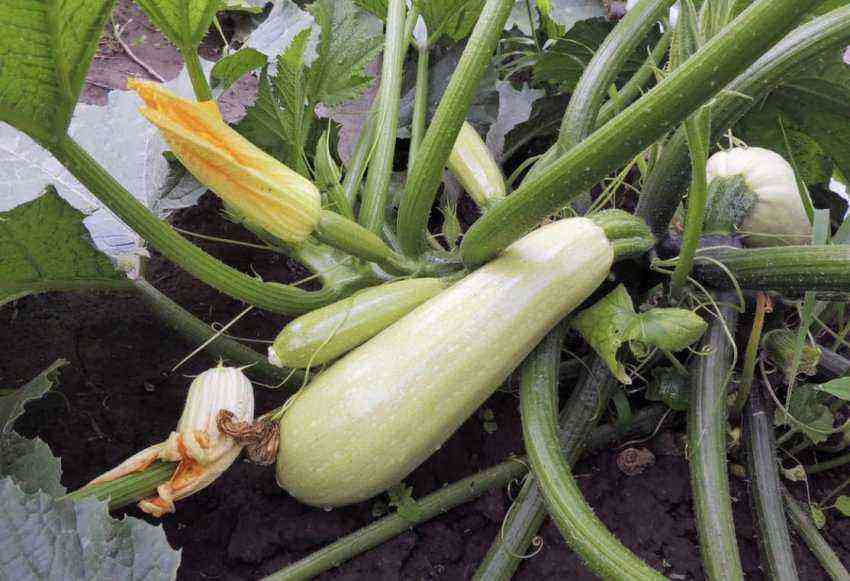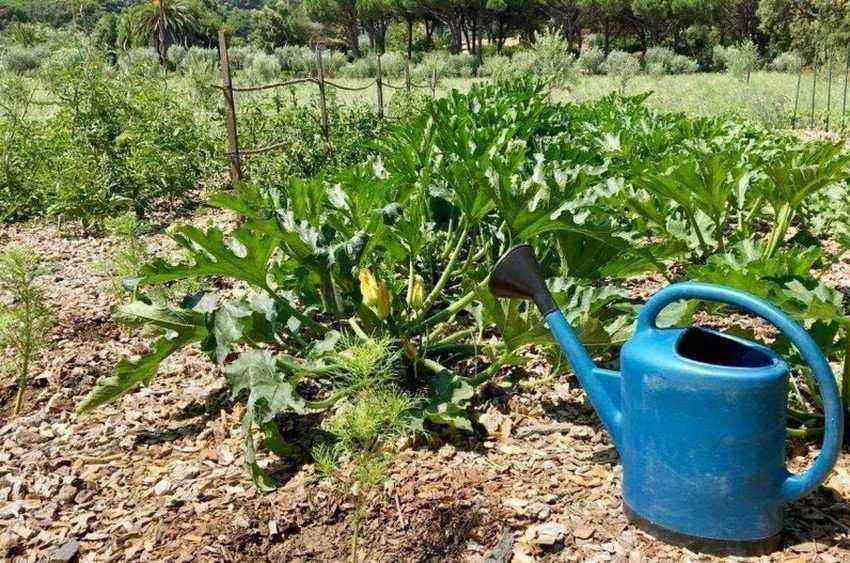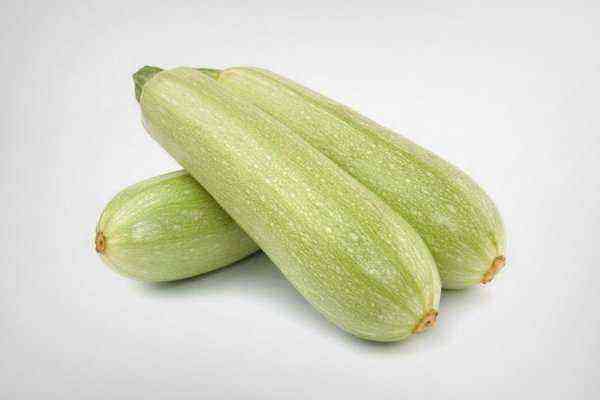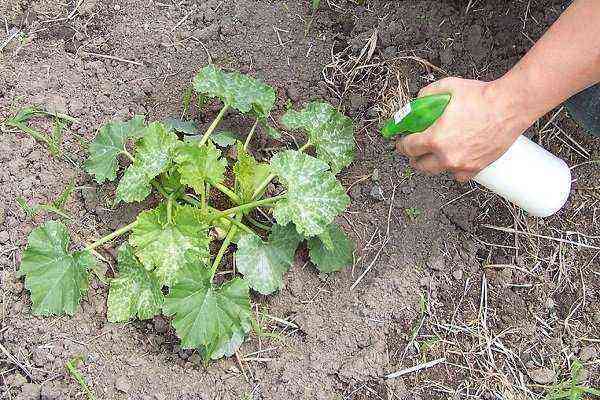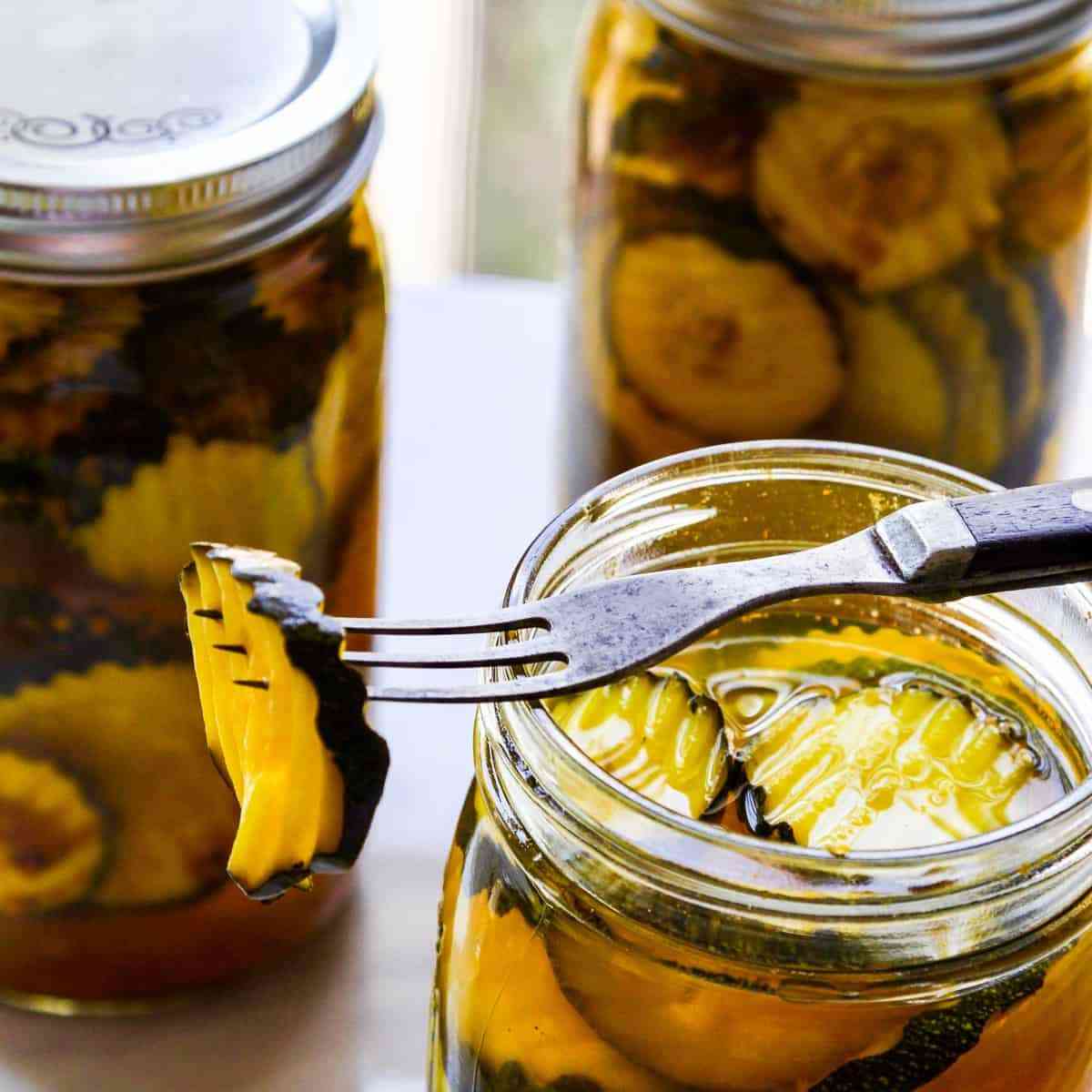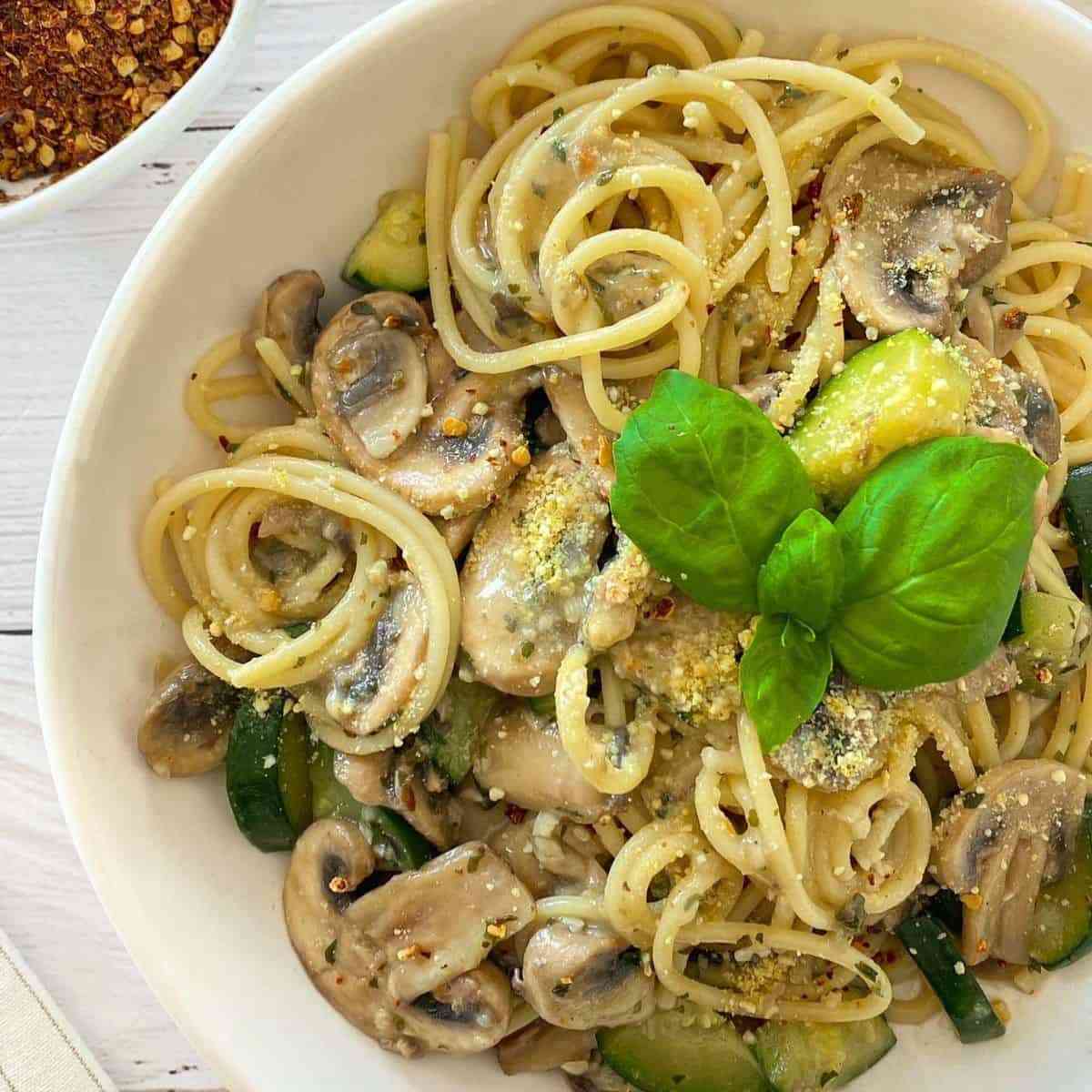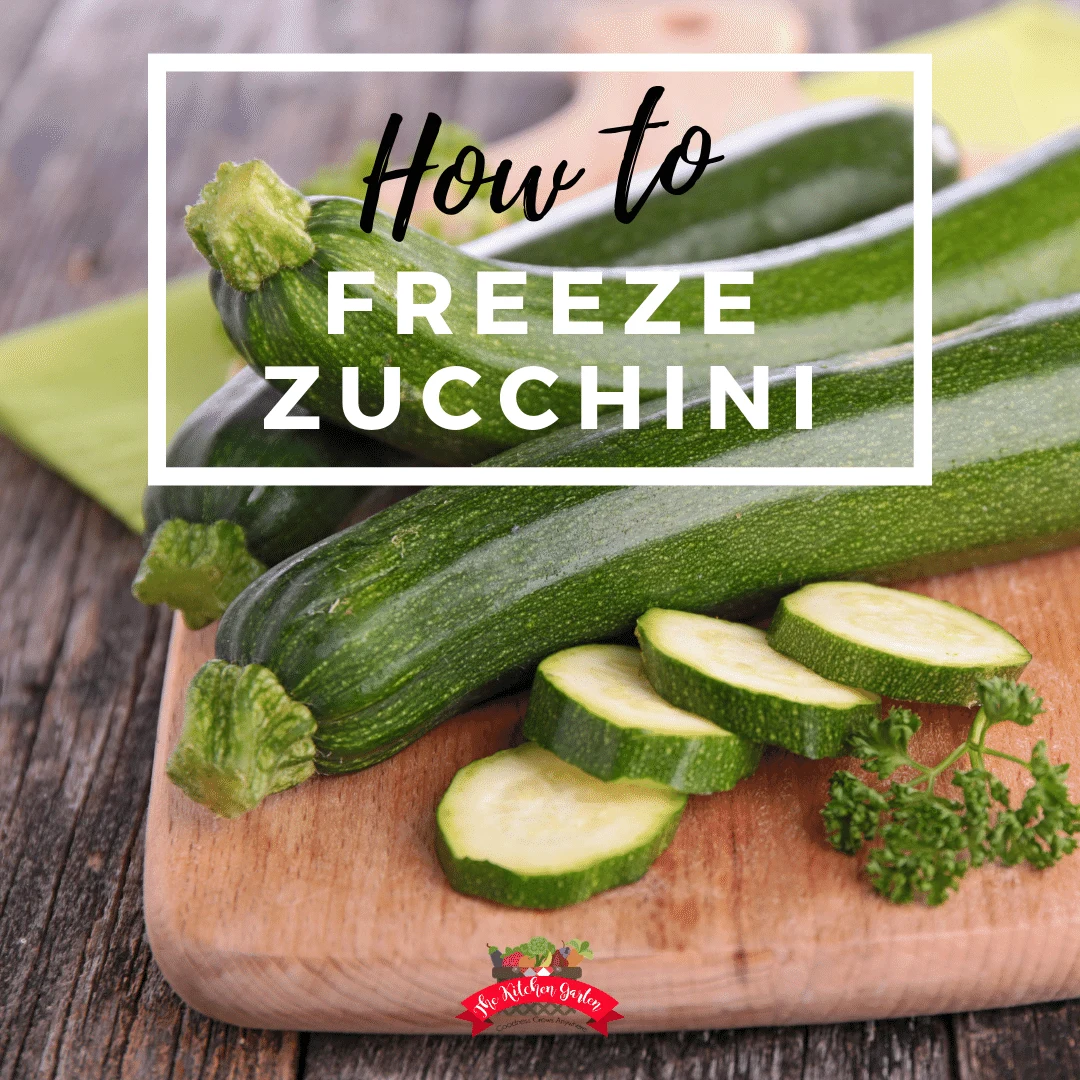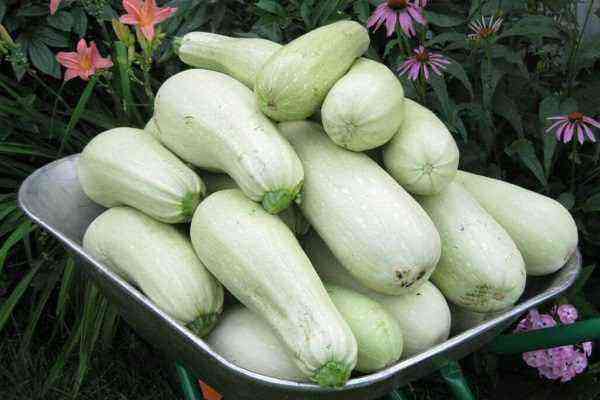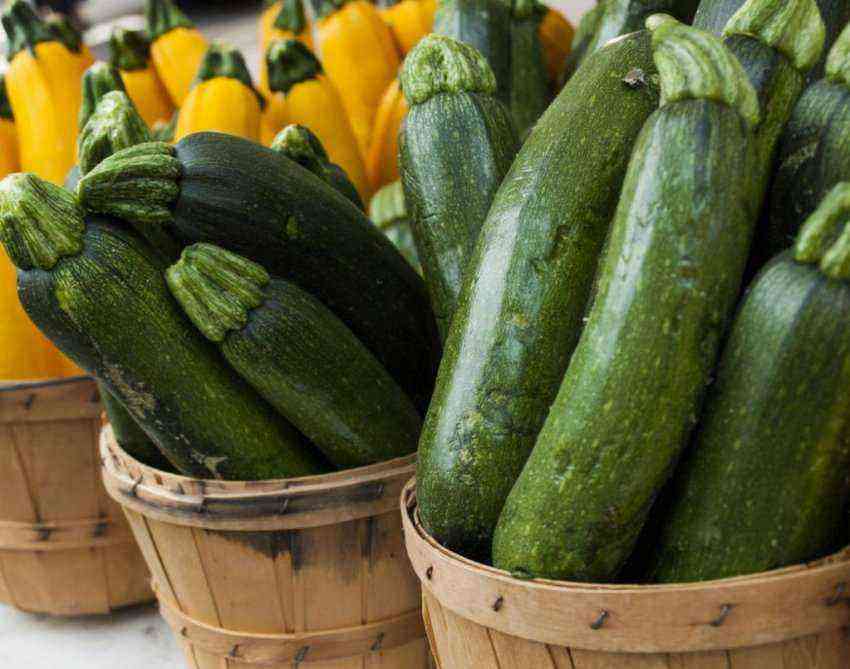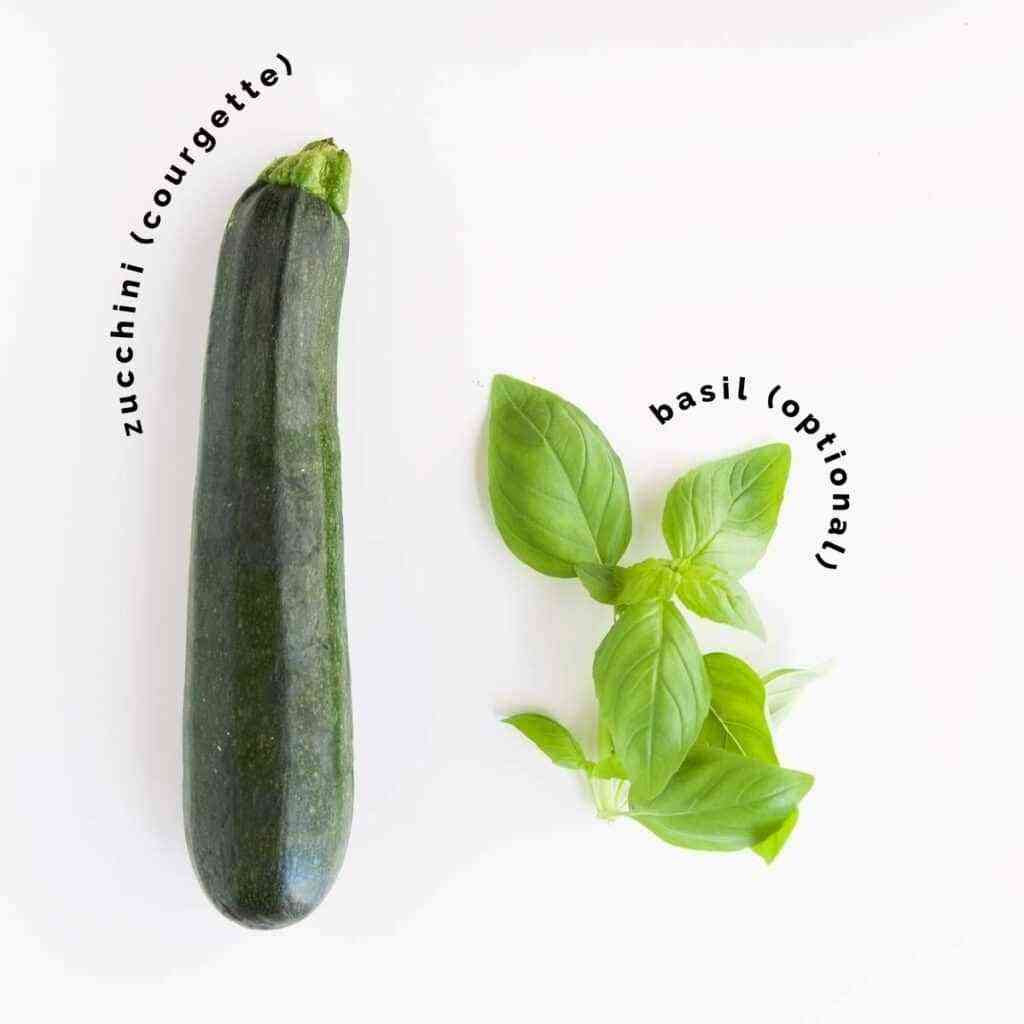You can cook caviar from zucchini, include them in vegetable salads, and even use them as an ingredient in creating sweet snacks, which makes these fruits versatile in terms of preparations. However, do not forget about the possibility of storing fresh zucchini – we will consider in the article exactly how this can be done and what you should know about the nuances.
Terms and technology of harvesting
At whatever time you plant a plant on your site, you need to harvest fruits before the first frost, since frozen specimens are no longer suitable for further storage. It is possible to determine zucchini suitable for harvesting by a dense skin (a dull sound is heard when tapping on the surface) and the absence of growth defects or mechanical damage. In addition, quality specimens should have well-marked lines characteristic of a particular variety. Even if the harvested fruits are not fully ripe, they will be able to reach the desired state indoors.
As for the harvesting technology, it is always worth remembering the correctness of cutting zucchini: on each specimen there should be a small tail 4–5 cm long, with an even cut line and no division into several parts (this occurs if the fruit was tried to be unscrewed from the stalk, and not cut with a sharp knife). Only by separating the fruit from the bush correctly, it is possible to protect the internal pulp of the plant from the effects of pathogens and control the condition of the harvested crop during winter storage.
Plucked fresh zucchini cannot be washed (you can provoke the onset of rotting processes) – on the contrary, after picking from the garden, it is advisable to additionally dry them in a well-ventilated place and wipe them with a dry, clean cloth.
Did you know? The most tender and delicious vegetables will be fruits no more than 12 days old. Their flesh is so soft and juicy that in addition to baking in the oven or boiling in a saucepan, they can also be eaten raw, adding to fresh salads.
Which varieties are suitable for long-term storage
Not all varieties of zucchini can be safely placed in a closet or cellar for long-term storage, so if you plan to plant a large number of fruits, then you should focus only on varieties with increased keeping quality.
These varieties of zucchini include:
- Aeronaut – early ripe cylindrical vegetables that begin their fruiting 46–48 days after the appearance of young sprouts. The mass of one fruit can reach 1,5 kg, and the duration of its storage does not exceed 4 months.
- Aste – a hybrid variety of zucchini of Dutch origin with large fruits of 3 kg each. They have practically no seed chamber, which gives the pulp additional tenderness.
- pear-shaped – a variety with fruits resembling a pear in shape and reaching a weight of 1,3 kg at the stage of technical maturity. Their orange flesh has a good aroma and does not lose its softness for a long time.
- yellow-fruited – small cylindrical zucchini weighing 0,9–1 kg each. Unlike other varieties, they have a high level of keratin and other nutrients that remain inside the vegetable for about 3 months.
- Negro – a variety of zucchini, characterized by an unusual dark green color and an elongated fruit shape with tasty and tender pulp. Subject to the requirements for the storage process, the harvested crop can lie in the chosen place for up to two months, sometimes longer.
- Anchor – an early ripe variety with a cylindrical shape of fruits, which are characterized by light yellow pulp. After harvesting, each of them can be stored for up to 1,5–2 months.
In addition to the described varietal variations of zucchini, it is worth paying attention to vegetables of the Gribovsky, Golden Cup and Festival varieties. Representatives of the varieties Genovese, Tsukesha, Zebra, Zolotinka, Skvorushka, Multi-storey are characterized by a high level of sweetness and are suitable for storage in a processed form.
Important! When planting the selected plant, make sure that the plantings are not too dense. This can adversely affect the quality of the ripened crop.
General rules for storing zucchini at home
Regardless of the chosen storage location, there are a number of general rules, the observance of which will prevent zucchini from spoiling quickly.
First of all, it is worth considering the following:
- Only clean and dry fruits can be stored for storage, without any signs of decay processes.
- Wherever you place zucchini, they should be stored open, with constant air access (blockage in plastic bags is unacceptable).
- The optimal temperature indicators at the place of storage are considered to be within +4 … + 10 ° C, although the fruits can be stored at room temperature (+18 … + 23 ° C).
- When placing vegetables (preferably on wooden pallets), make sure that they do not come into contact with each other or with other objects, which will prevent putrefactive processes in places of such contacts.
- You can also avoid rotting by treating the tail of the fruit with liquid paraffin or wax, because it is from this place that the rot begins to spread throughout the vegetable.
- With the advent of spring, it is more reasonable to eat the fruits remaining in the storage, having previously peeled and chopped on a grater.
In the absence of a basement and limited space in the refrigerator, you can place cut zucchini under the bed or freeze them after processing them in a food processor. Young and overripe fruits with soft pulp are perfect for making puree.
Important! If one fruit has deteriorated, others will follow, so it is worthwhile to regularly inspect the crop and remove damaged or rotting specimens in a timely manner. Whole and dense fruits are best transferred to a clean and dry surface covered with dry sawdust.
Ways of storage
Storing zucchini fresh or as a preservation can be done both at room conditions and in a cool room like a cellar or basement. Each of these solutions has its advantages and disadvantages, but the main thing is to follow all the recommendations regarding the selected conditions exactly and immediately determine at what temperature it is worth storing vegetables.
At room temperature
In the absence of a basement, the harvested vegetables will perfectly retain their properties inside a residential building or apartment, where they are usually placed in pantries, hallways or right under the bed in the room. The main thing is that the chosen place is away from heating devices and in a room with optimal humidity (not higher than 70%).
For convenience, you can put the fruits in a special plastic or wooden box for vegetables, left near the front or balcony door, with direct air access (often the temperature in such places is always several degrees lower than the average for the apartment). In extreme cases, in the absence of boxes, you can simply wrap each fruit in clean sheets of paper and leave it in an inconspicuous place. This also applies to canned zucchini blanks, however, in this case, a pantry with shelves is best suited for them.
In the basement
A basement or cellar with a constant air temperature within +4 … + 10 ° C and humidity not higher than 80% is one of the ideal places to store squash fruits. To control and regulate these indicators, you can fix a thermometer inside the room, ventilate the room in a timely manner, thereby preventing the development of putrefactive processes.
Important! A good ventilation system and properly organized groundwater protection will help prevent mold in the room.
Before storing vegetables for storage, be sure to make sure that there are no pests, among which rats, cockroaches and bedbugs are the most common: any of them will easily damage the fruits, and they will become unsuitable for consumption.
For convenience, you can place zucchini on racks erected along the walls. Hay laid out on the shelves or spread out wax paper will help reduce humidity and protect vegetables from rotting.
In a refrigerator
You can talk about storing zucchini in the refrigerator only when there are not many of them. To organize stocks of fresh vegetables for the whole winter, the volume of the device is clearly not enough – about 10 fruits can be stored in the vegetable compartment.
The process of laying vegetables in this case involves the following sequential steps:
- Cleaning fruits from dirt (wipe first with a damp and then with a dry cloth).
- Placement of zucchini inside a plastic bag.
- The organization of several holes in it (air flow is very important).
- Bookmark prepared vegetables in a separate compartment for storing such products.
Do not forget to periodically inspect vegetables, because even in such conditions they can deteriorate. With the timely detection of a rotting specimen, the rest of the fruits can be saved.
In the freezer
In the freezer, it is advisable to store zucchini in crushed form, since whole fruits will take up too much space and there will no longer be any left for other products. The method of cutting depends on the further purpose of use: for example, to prepare a stew, you can cut the fruits into cubes, and in order to make it convenient to fry them after defrosting, it is better to immediately cut them into circles.
Preliminary preparation of vegetables is carried out in a standard way: zucchini is cleaned of dirt (you can remove the skin) and only after that they take their place on the tray in the freezer. It is better to spread the pieces in one layer so that they do not stick together during the freezing process. After 2-3 hours in the rapid chilling section, the contents of the pallet should be bagged and sent to the freezer compartment for further storage during the winter.
In order not to spoil the prepared zucchini and not deprive them of a significant supply of nutrients, you should always defrost exactly as much as you need to cook one dish.
Terms of storage
Many varieties of zucchini can be successfully stored in the basement until spring, but experienced gardeners do not advise keeping them there longer than February, since only until the end of winter are they able to retain the maximum set of their useful properties. With the advent of spring, it is advisable to use the entire remaining last year’s crop for cooking, having previously peeled the fruits from the skin and rid them of seeds (during this period they can give zucchini bitterness). As an alternative, the peeled pulp can be sent to the freezer, pre-packaged in portioned bags.
Regardless of the chosen method of storing fresh vegetables, their maximum shelf life (without freezing) should not exceed five months. In the future, every week the skin of the vegetable will thicken, the seeds will begin to germinate, and the pulp will turn into a loose and bitter product. For this reason, try to eat the entire crop while it is still juicy and sweet, without even waiting for the cut-off date of its possible consumption.
Recommendations for use
You can use harvested vegetables in the same way as freshly cut from the garden. If we are talking about young zucchini with a delicate and thin skin, then they can be baked, boiled or fried without removing it. For mature fruits with thick skins, this procedure is required, otherwise the taste of the finished dish will not be so soft. The stale and slightly softened fruits are not as well suited for conservation as freshly harvested, so it is worth making preparations only from vegetables that have lain in storage for no more than 1-2 weeks.
Did you know? The longest zucchini that got into the Guinness Book of Records grew up in the garden of the Englishman Alberto Mercantonia from Hitchino. The length of the miracle vegetable was 1,6 m, which corresponded to the growth of the Briton himself.
It is advisable to defrost zucchini from the freezer on the bottom shelf of the refrigerator or simply on the table, at room temperature. True, for cooking stews or fried dishes, you can not waste time on this.
In general, the storage of zucchini will not require any excessive effort from you, so no matter what room you choose for storage, subject to temperature conditions and maintaining the right level of humidity in it, you can achieve the maximum shelf life.
